Electrical connectors can be divided into separate categories, differentiated by their function. Myers hubs are the perfect method for installing hubs on cast device boxes or through thicker walls. But what’s the difference between a Myers hub and a connector?
The key differences between a Myers hub and a connector reside in various factors. Such as the purpose, cost, functionality, types, appearance, level of protection, resilience and so much more.
In this article, I will brief on Myers hub vs connectors in detail, their key differences as well as how each of these can be used and implemented for the betterment of your household circuit in various ways.
Why is a Myers Hub Used?
Myers hubs are used in the termination of electrical circuits through a conduit of sorts or the wall of an enclosure. Myers hubs come in a variety of different shapes and sizes.
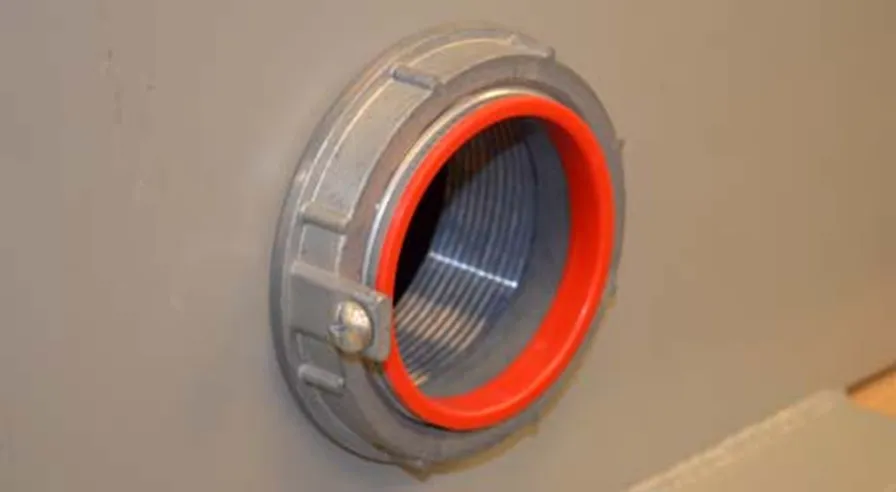
As can be seen in the picture above (Fig 1), a Myers hub literally acts as a hub for the wires or cables to move between the wall and the room. It is the ending or termination point of the conduit. They may also be used to fix a cut wire inside a wall.
Myers hubs create a secure seal between the wall and the conduit so that it is safe from various environmental factors. Such as water, vapors, dust, and pests.
Applications and Features of a Myers Hub:
- Myers hubs are generally used to terminate electrical circuits through the wall of an enclosure of an electrical system.
- Designed for use with rigid conduit and IMC both inside and outside.
- Able to withstand a range of chemicals, such as acetic acid, citric acid, and salt water.
- The Myers hub comes with a stainless steel ground nut, in case the user or the system calls for its use.
- Easy to install and provides smooth pulling service for labor savings.
Why is a Connector Used for Conduits?
Conduit connectors or more commonly known as fittings, allow you to make connections in an electrical system. They enable you to connect two separate runs of conduit or a secure conduit to an electrical device.
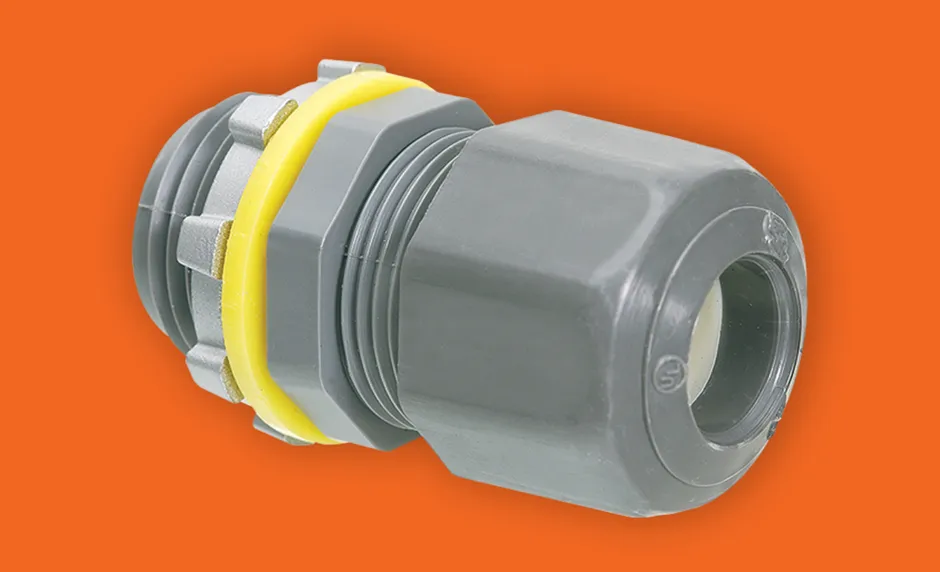
The picture provided above (Fig 2), is of a connector used to connect conduits to a variety of different ports. They can be connected to another conduit, an outlet box, a load, etc.
Connectors come in a variety of shapes and sizes. And you have to choose one based on your need and requirement. But one thing to note is that connectors provided less safety when compared to a Myers hub. But in a lot of cases, they are justified to be used.
Applications and Features of a Conduit Connector:
- Joining or connecting two separate runs of conduit.
- Connecting a conduit to an outlet box.
- Connecting a conduit to a load center of your choice.
- Connecting a conduit to another type of device.
- Some connectors even allow multiple runs of conduits to be joined together.
Differences Between a Myers Hub and a Connector
There are several key distinctions between a Myers hub and a conduit connector. The key comparisons between a Myers hub vs a connector is showcased in the table below.
Myers Hub VS Connector
| Differences | Myers Hub | Connector |
| Purpose | To secure the termination point of a conduit on a wall. | To create a junction point between two separate conduits. |
| Safety | Greater | Lesser |
| Types | Hub Basic, Ground Hub, ATEX Rated Hub, Through-Bulkhead Fitting, Drain Plugs, etc. | 1 Way Box, 2 Way Box, Socket Jointer, Reducer, EMT Connector, Coupling, etc. |
| Cost | $7 to $40 for each. | $1.5 to $10 each. |
| Size | Larger | Smaller |
| Weight | Heavier | Lighter |
| Materials | Zinc, Aluminum, Silicon, Viton, Stainless Steel. | Aluminum, Fiberglass, PVC, PVC Coated Aluminum or Stainless Steel, Nylon, Polyester. |
These are some of the key differences between a Myers hub and an electrical connector.
Can Myers Hub and Connectors Be Used Interchangeably?
There are certain factors that will be directly affected by your choice. Whether you want to install a Myers hub or a connector, will be based on these factors.
Purpose:
The purpose of a Myers Hub is to safely secure the termination of electrical circuits through a conduit or the wall of an enclosure.
But the purpose of a conduit conductor is just what its name sounds like. It is used to connect two or more conduits together. So that the conductor inside may pass through all of them.
Safety:
A Myers Hub can provide a decent amount of safety to the conductors inside the conduit, as well as to the conduit itself. It prevents damage from any environmental factors such as water, vapor, dust, etc.
Usually, connectors are not known to provide such safety features. Some Myers Hubs also come with grounding features that a connector does not provide.
Types:
Myers Hub comes in a variety of types based on their purpose and application. The most common types are Hub Basic, Ground Hub, ATEX Rated Hub, Through-Bulkhead Fitting, Drain Plugs, etc.
The same goes for connectors. Some frequently used connectors are 1 Way Box, 2 Way Box, Socket Jointer, Reducer, EMT Connector, Coupling, etc.
Cost:
As Myers Hubs can provide a greater amount of safety compared to a regular conduit connector, they cost significantly higher than connectors. Their price can range from $7, all the way up to $40 for each. Price varies with size.
But typical connectors usually cost around $1.5 to $10 each.
Size:
When it comes to size, as a Myers Hub has significantly more functionalities, hence a greater number of parts, it is usually a bit larger than a typical conduit connector.
As the connector does not have such safety features built within, it does not require to be of a bigger size.
Weight:
As a Myers Hub is usually larger than a typical connector, it tends to be heavier than an average conduit connector.
The difference in weight can also be attributed to the materials used in each of these. This brings us to our final factor.
Materials:
A Myers Hub is typically built with Zinc, Aluminum, Silicon, Viton, Stainless Steel, and other such materials.
But on the other hand, a conduit connector can either be built of metals or a significant amount of plastic. Common materials used are Aluminum, Fiberglass, PVC, PVC Coated Aluminum or Stainless Steel, Nylon, Polyester, etc.
Summary
In this article, I have briefed on Myers hub vs connector in detail. I have also brought up the functionality and use case for each of these. It should help you distinguish between a Myers hub and a connector.
This article should end up giving you a general idea regarding which you should use as well. However, regarding the use case for each of these, if any confusion arises, feel free to consult a professional electrician.

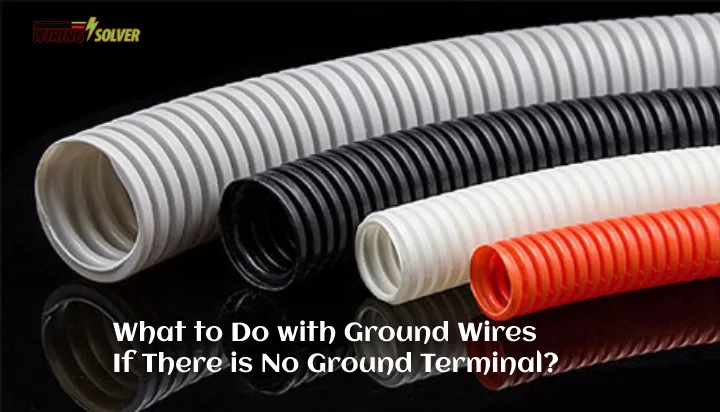
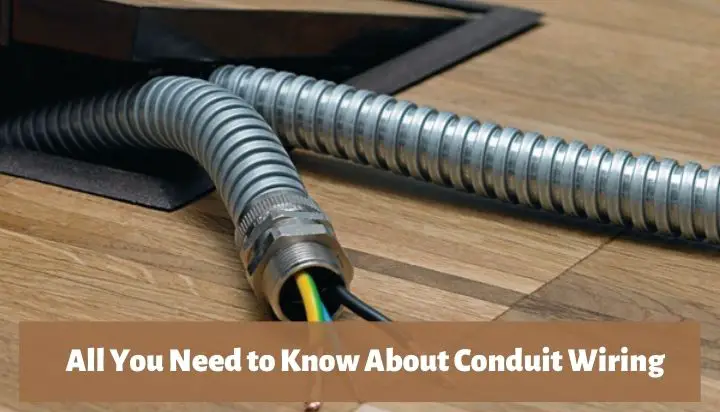
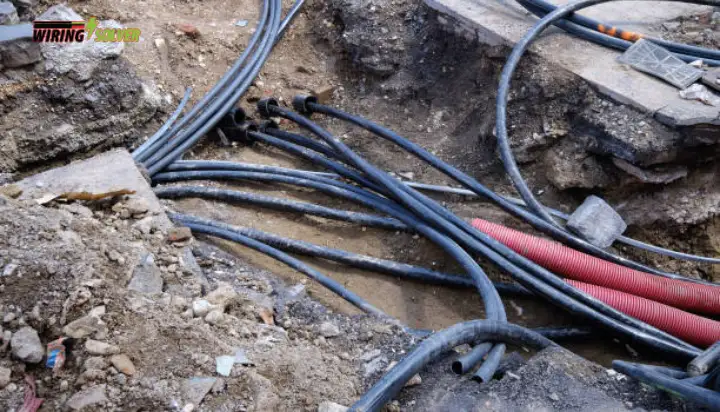
![Can You Run 120v And 480v In Same Conduit? [Explained]](https://wiringsolver.com/wp-content/uploads/2022/11/Can-120V-and-480V-be-Run-in-the-Same-Conduit.jpg)

![Why and When Is Myers Hub Required? [All You Need to Know]](https://wiringsolver.com/wp-content/uploads/2022/11/when-is-Myers-hub-required.jpg)